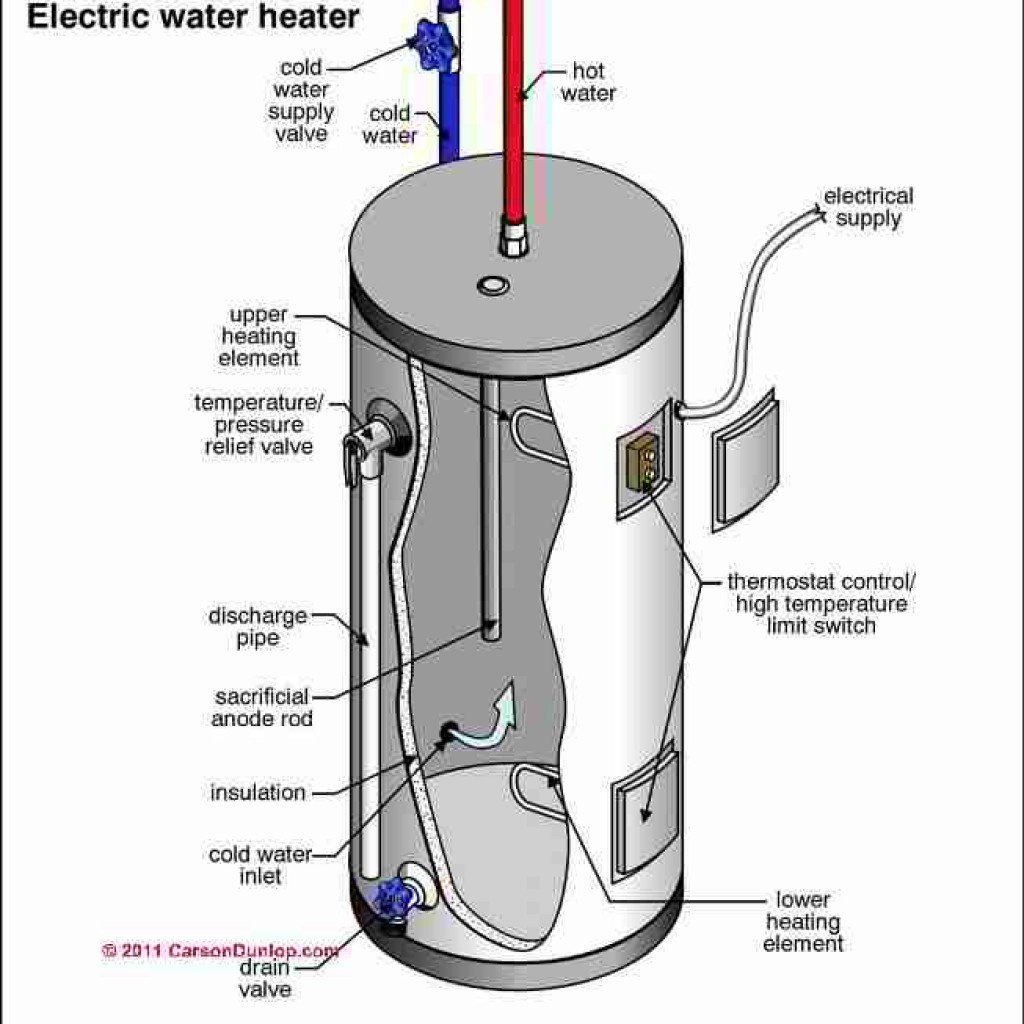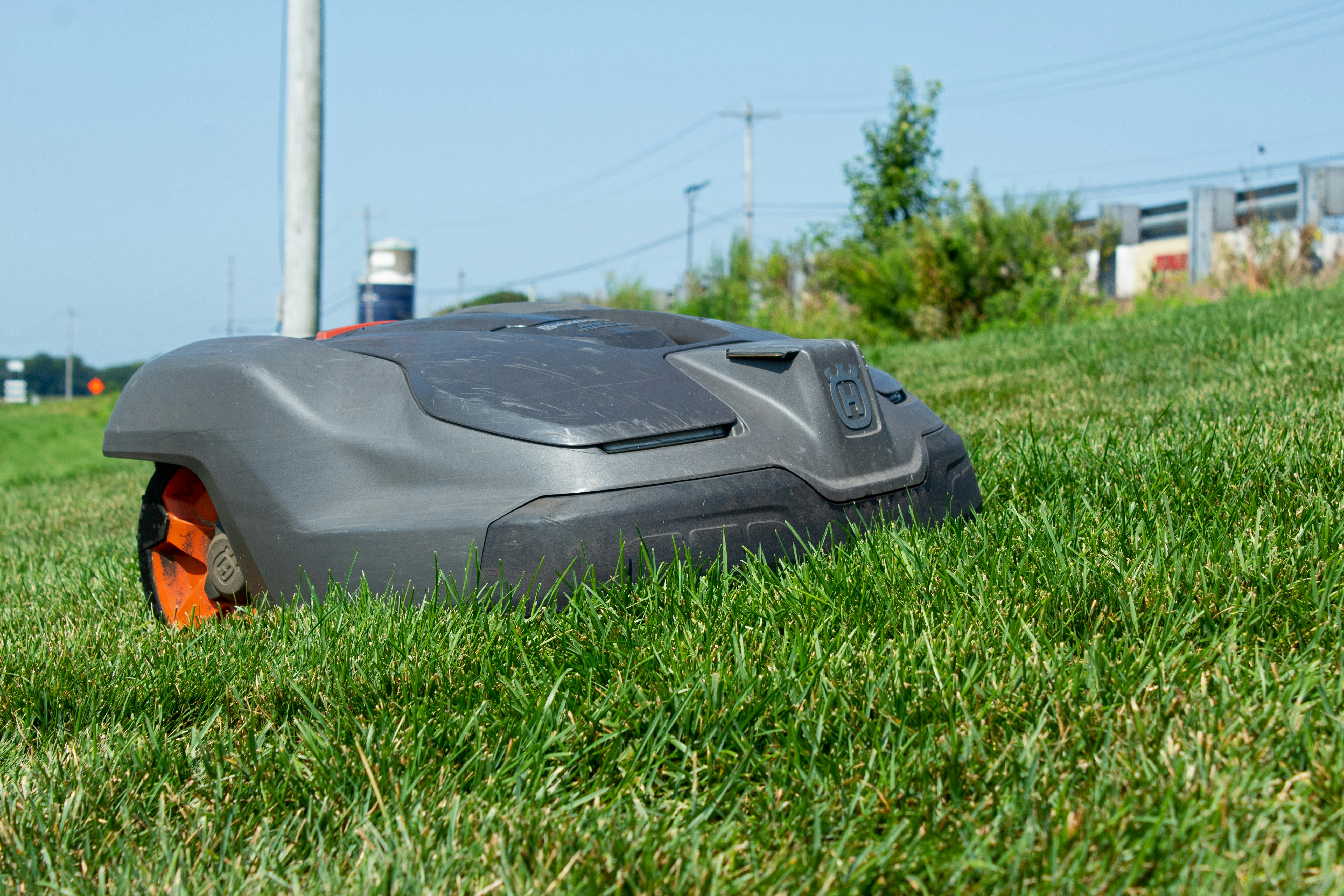Introduction to Traditional Tank Water Heaters
Traditional tank water heaters have long been a staple in residential heating systems, known for their reliability and ability to deliver a steady supply of hot water. These appliances operate by heating water in an insulated tank, which is then stored until needed. Typically, these tanks range in capacity from 20 to 80 gallons, providing ample hot water for various household needs such as bathing, cooking, and cleaning.
The mechanics of a traditional tank water heater are straightforward. A thermostat regulates the water temperature within the tank, ensuring it remains within a preset range. When hot water is drawn from the tank, cold water enters to replace it, and the heating process continues. This continuous cycle ensures that a household has a ready supply of hot water at all times. Among the different types of water heaters available, traditional tank models are valued for their simplicity and effectiveness.
One of the primary reasons for the enduring popularity of traditional tank water heaters is their cost-effectiveness. The initial purchase and installation costs are generally lower compared to tankless water heaters. Additionally, the maintenance requirements for these heaters are relatively minimal, involving periodic checks and flushing to remove sediment buildup. This makes them an attractive option for budget-conscious homeowners.
Another key benefit is the ability to store a large volume of hot water. This is particularly advantageous for larger households or situations where multiple hot water outlets are used simultaneously. Unlike tankless models, which heat water on demand, traditional tank heaters ensure that a significant amount of hot water is always ready for use. This reliability and convenience contribute to their widespread use in homes across the country.
In the following sections, we will delve into some of the top-rated traditional tank water heaters available on the market. These models have been carefully selected based on their performance, durability, and customer satisfaction, providing a comprehensive guide to help you choose the best quality model for your home.
Factors to Consider When Choosing a Tank Water Heater
When selecting a traditional tank water heater, several critical factors must be considered to ensure that the chosen model meets the specific needs of your household. One of the primary factors is the capacity of the tank. The size of the tank determines how much hot water will be available at any given time. For smaller households, a tank with a capacity of 30 to 40 gallons may suffice. However, larger families or homes with higher hot water demands may require tanks with capacities of 50 gallons or more.
Energy efficiency is another essential consideration. Water heaters are significant energy consumers, so opting for an energy-efficient model can lead to substantial savings on utility bills over time. Look for units with high Energy Factor (EF) ratings, which indicate better efficiency. Modern water heaters often come with energy-saving features like improved insulation and advanced heating elements, which can also contribute to lower energy consumption.
The recovery rate of a water heater is equally important. This rate indicates how quickly the water heater can replenish the hot water supply after it has been depleted. A higher recovery rate means that the heater can provide a steady supply of hot water even during periods of high usage. This is crucial for households with multiple occupants or for those who frequently use hot water for tasks such as laundry, dishwashing, and bathing simultaneously.
Fuel type is another key consideration. Traditional tank water heaters typically run on either electricity or gas. Electric models are generally easier to install and maintain, while gas models tend to heat water more quickly and efficiently. The choice between electric and gas will depend on factors such as availability, cost of fuel, and personal preference.
Additionally, considering the size of the household and typical hot water usage patterns can significantly influence your decision. A thorough assessment of daily hot water needs can help in selecting a tank water heater that provides adequate capacity and performance, ensuring comfort and efficiency for all household members.
By taking into account these factors—tank capacity, energy efficiency, recovery rate, fuel type, household size, and usage patterns—you will be well-equipped to choose a traditional tank water heater that best fits your home’s requirements.
Top Rated Traditional Tank Water Heaters on the Market
When it comes to choosing a traditional tank water heater, several models stand out for their impressive performance, reliability, and customer satisfaction. Among the top-rated options, the Rheem Performance 40 Gal. Electric Tank Water Heater is a notable contender. Known for its robust design and high efficiency, this model features a durable stainless steel heating element and an easy-to-use thermostat control. Customers frequently praise its quick recovery rate, ensuring consistent hot water supply even during peak usage times.
On the gas-powered front, the A.O. Smith Signature 50-Gallon Gas Water Heater is a popular choice. This model boasts an advanced electronic gas control, providing precise temperature management and improved energy efficiency. Its large capacity makes it ideal for households with higher hot water demands. Users often highlight the heater’s rapid heating capability and its ability to maintain a steady temperature, which contributes to its high ratings.
Another top performer is the Bradford White 50-Gallon Electric Water Heater. This model is lauded for its energy efficiency and long-lasting performance. It incorporates a Hydrojet Total Performance System, which reduces sediment buildup and enhances water heater longevity. Expert reviews frequently commend its innovative design and the reliability it offers, making it a favored choice among homeowners.
For those seeking a blend of advanced technology and traditional design, the Westinghouse 52-Gallon Electric Water Heater stands out. It features a stainless steel tank and a high recovery rate, ensuring minimal downtime between uses. The built-in LCD control panel allows for easy monitoring and adjustment of temperature settings, which is a significant plus for tech-savvy consumers. Many reviews emphasize its quiet operation and sleek design, adding to its appeal.
Lastly, the Kenmore 40-Gallon Gas Water Heater deserves mention for its affordability and solid performance. Equipped with a self-cleaning system, this model minimizes maintenance efforts while extending the unit’s lifespan. Customers appreciate its straightforward installation process and dependable hot water delivery.
These top-rated traditional tank water heaters offer a range of features and capacities to suit different household needs. Whether opting for electric or gas, each model has earned its place in the market through consistent performance and positive user feedback.
Maintenance Tips for Prolonging the Life of Your Water Heater
Ensuring the longevity and optimal performance of your traditional tank water heater requires regular maintenance. Adhering to a few key practices can significantly enhance the efficiency and lifespan of your system. One of the most crucial maintenance tasks is the regular flushing of the tank. Over time, sediment can accumulate at the bottom of the tank, which can lead to reduced efficiency and potential damage. Flushing the tank at least once a year helps to remove this buildup, ensuring that your water heater operates smoothly.
Another vital component to check periodically is the anode rod. The anode rod plays a critical role in preventing corrosion within the tank. It attracts corrosive elements, effectively safeguarding the tank itself. It is recommended to inspect the anode rod every two to three years and replace it if it shows signs of significant wear or corrosion. This simple check can greatly prolong the life of your water heater.
Adjusting the thermostat settings is another effective way to maintain your water heater. Setting the thermostat to 120 degrees Fahrenheit not only prevents scalding but also reduces energy consumption and minimizes the risk of overheating, which can shorten the lifespan of the water heater. This temperature setting strikes a balance between efficiency and safety.
Additionally, being proactive in identifying common issues can save you from expensive repairs or replacements. Listen for unusual noises, such as popping or rumbling sounds, which may indicate excessive sediment buildup. Also, be on the lookout for leaks around the tank and any signs of rust. If you notice any of these issues, it may be time to seek professional maintenance or repairs to prevent further damage.
By adhering to these maintenance tips, homeowners can maximize the efficiency and durability of their traditional tank water heaters. Regular care and timely interventions can ensure that your water heater continues to provide reliable service for many years to come.
If you’re interested in purchasing the item you seek, please click the link for additional details: #americanachoice.
https://amzn.to/3SBN3Oy
AFFILIATE DISCLOSURE: I am an affiliate for this company, I am not a paid employee.
I may receive a commission if you click a link on this page and choose to purchase something.
You can rest assured I will only share things I believe in and will be valuable to you.



